The Gupta Period and Beyond: A.D.320 -A.D. 1200
Synopsis
The present work happens to be the second volume in the series titled Cross-currents of Indian History and Culture. It has two parts. The First deals with the celebrated Gupta Age covering the years A.D. 320 to A.D. 750. The period under review has been hailed as the ‘Classical’ or ‘Golden’ Age of India. It was dur8ntg this epoch that the norms of Indian literature, art, architecture, sculpture and painting were established. The period saw an all-round efflorescence of Indian genius in various spheres of life. A poet like Kalidasa flourished during this period and Indian Cultural spread in far off countries such as China, Central Asi, South-east Asia and west Asia. Chienese pilgrims like Fa-hien, Hiuen Tsang and I-tsing visited the holy land of their faith and left their accounts of India which constitute valuable sources for understanding the life of that age. The achievements of the rulers like Samudragupta. Harshavardhana and Pulkesin II will do pride to any nation. The Vakatakas of the deccan, the Chalukyas of Bafdami and the Pallavas of South India set up powerful empires of long duration. The Second Part covers the post-Gupta period commencing from A.D. 750 and culminating in A.D. 1192, when India lost her freedom and its last independent Hindu ruler Prthviraj Chauhan of Ajmer was captured by the Muslims invader Muhammad Ghauri and put to death. The period under review witnesses the rise and fall of three major empires, the Palas, the Rashtrakutas and the Pratiharas. There arose in Rajasthan and Central India a number of small Rajput kingdoms under Chandelas, kalachuris, Paramaras, Abhiras, Chaha-manas, Guhilas, Tomars and Gangas. There was no strong central authority during this period. This was the principal reason of India’s collapse at the hands of the foreign invaders.
Read more
32.40
29.16
$
36.00 $
Free delivery Wolrdwidе in 10-18 days
Ships in 1-2 days from New Delhi
Membership for 1 Year $35.00
Get it now and save 10%
Get it now and save 10%
BECOME A MEMBER

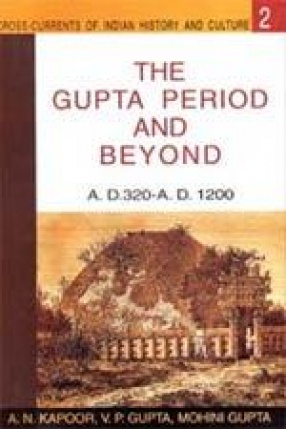
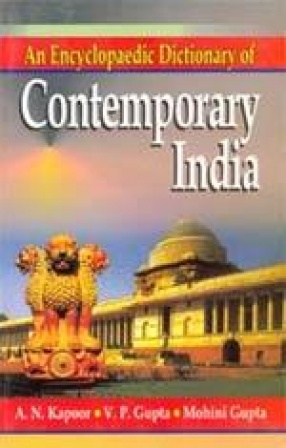
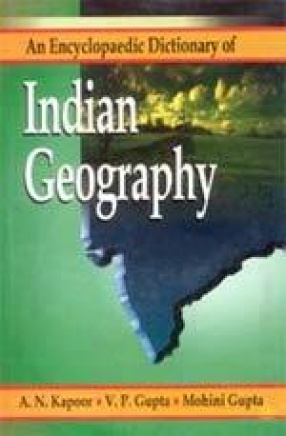
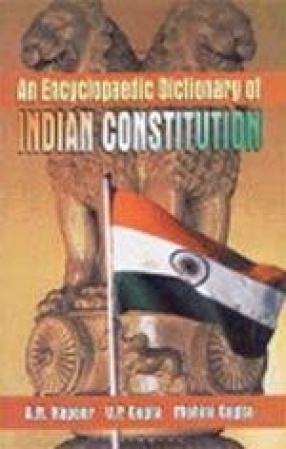
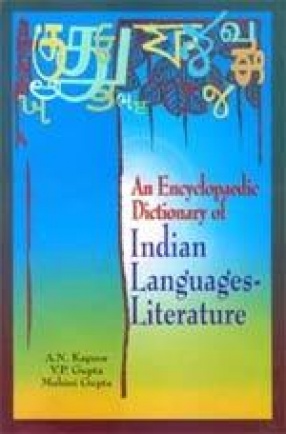

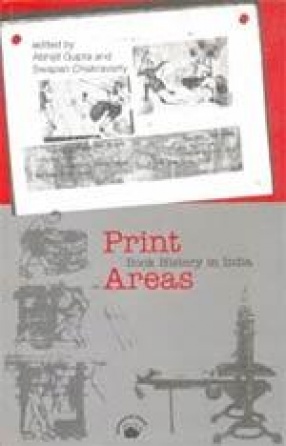
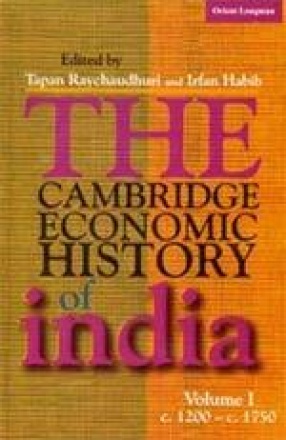
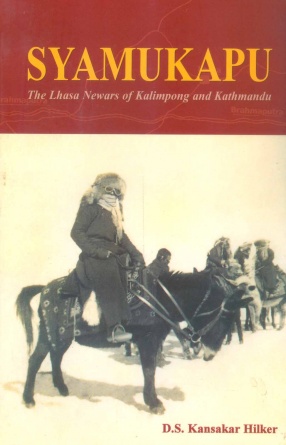

Bibliographic information
V P Gupta
A N Kapoor